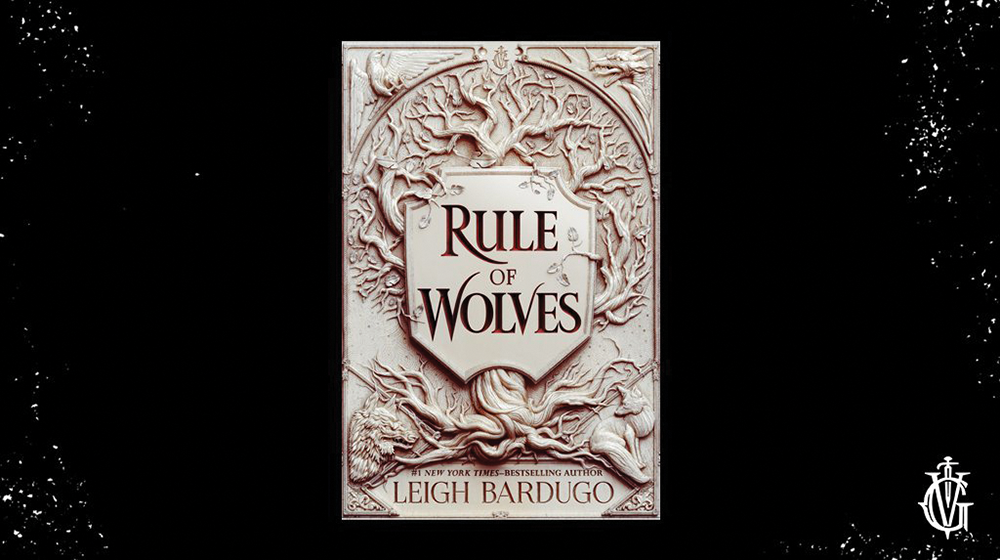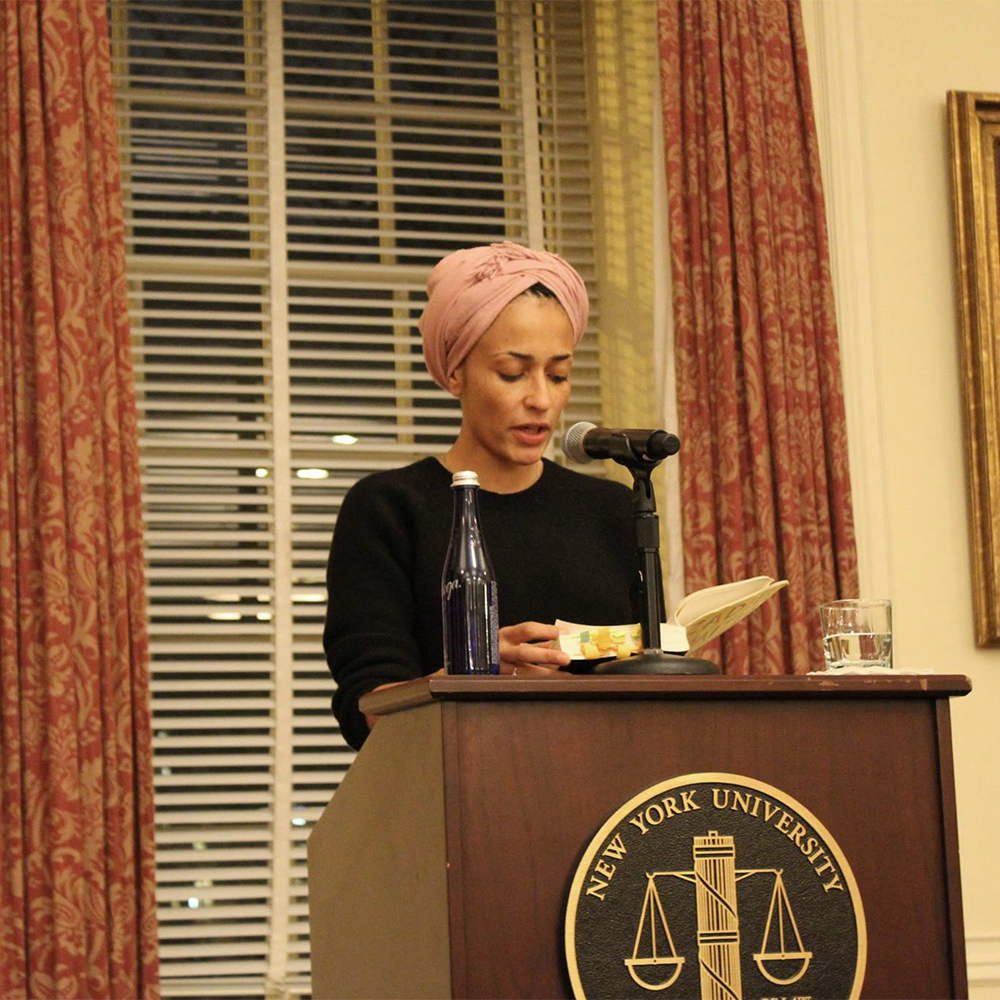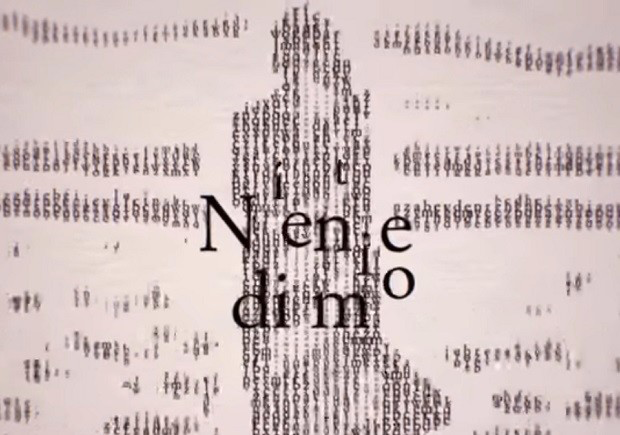★★★★☆
Leigh Bardugo grapples with the intersection of a magical society and the development of industrial technology in the thrilling conclusion to her “Grishaverse” series, “Rule of Wolves.” Between the release of the Netflix adaptation of the opening novel in the series, “Shadow and Bone,” and “Rule of Wolves,” fans have little left to want from Bardugo.
Seven books in the making, the conclusion to Bardugo’s magic universe ostensibly follows the main characters of Nikolai Lantsov, Zoya Nazyalensky and Nina Zenik in their quests to stabilize Ravka, the fictional country in which they reside. “Rule of Wolves” is packed with sociopolitical commentary, romance, a few dazzling plot twists and several scenes of war.
In this follow-up to “King of Scars,” the reader is swept up in the constant turmoil of quarreling border nations and the perpetual clash of social classes and races that characterize the fictional country of Ravka. Bardugo takes great pains to explain the intricacies of the political machinations of the three main countries in her universe: Ravka, Fjerda and Shu Han, which take their real-life inspirations from Russia, Scandinavia and China.
Bardugo’s Grishaverse is politically elaborate and increasingly ambitious in terms of its world building. Even though Bardugo’s talents have grown since her debut novel, the clash of her overly enthusiastic storytelling with her skills as a writer is keenly felt in “Rule of Wolves.” With far too many characters and plots in the novel, Bardugo ultimately sacrifices pacing and plot in order to make Grishaverse more intricate.
The alteration of the universe of “Rule of Wolves” makes it appear as though Bardugo realized at the end of her previous installment in the Grishaverse that her fantasy world was just the normal world plus a bit of magic. She attempts to inject more magic in “Rule of Wolves” by wildly expanding the magical rules and limits of the world to a staggering degree, leaving readers questioning if they ever really knew anything about the Grishaverse in the first place.
Inside this whirlwind of frantic world building, the three main characters are lost in the plot as their storylines are overshadowed by far less interesting side characters, who are bizarrely blessed with more compelling story arcs.
Nikolai and Zoya, especially, get the short end of the stick from Bardugo. The two are stuck on the same character points for most of the novel and only get their long-awaited development in the last few pages. The lack of development is particularly frustrating given that these two characters have waited several books for their time in the spotlight.
Bardugo, however, allows the character of Nina to shine in her role as the spy taking Fjerda down from within. The chapters from Nina’s point of view are easily the most entertaining and contain the perfect balance of character development and expanding the lore of Fjerda, which had previously been a flat and stereotypical depiction of an oppressive, patriarchal society.
The confusing timeline in “Rule of Wolves” is also a problem. Different characters’ situations are presented as simultaneous, yet the storylines seem to be days or even weeks apart at times. The plot also takes place in different countries, causing confusion regarding the pace and sequence of the plot each time the point of view changes.
The essential question regarding the clash of technology and magic that runs through the entire novel comes to a head when Ravka goes to battle with Fjerda. Bardugo’s writing shines at the close of the novel as the book ends with tanks, explosions and carnage. Impressively, Bardugo is able to expertly reposition her surviving players and introduce new plot threads to entice and excite fans for new stories to come. Although “Rule of Wolves” is the supposed conclusion to the series, Bardugo cleverly leaves the plot open-ended.
“Rule of Wolves” contains enough shocks and thrills to overcome its disappointing neglect of character development. Bardugo’s abandonment of the storylines of some of her main characters until the very end of the novel, however, renders it lackluster in comparison to the previous books in the series. This novel marks the proposed end of the Grishaverse, and in spite of its faults, it cements Bardugo’s place at the top of the young adult fantasy genre.




















